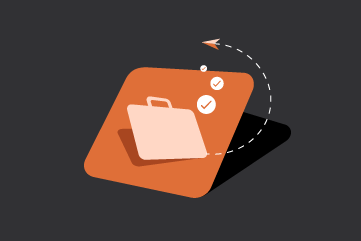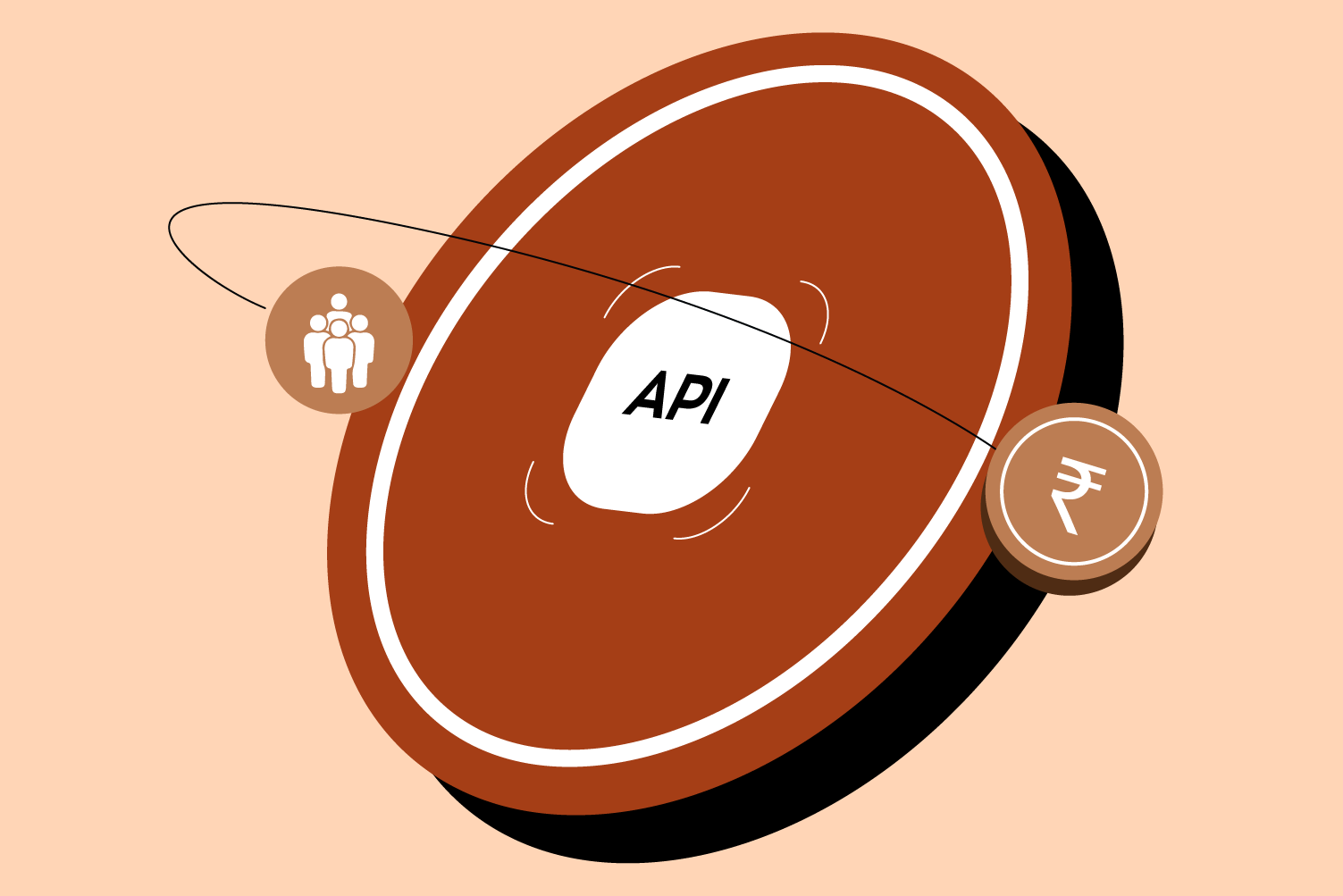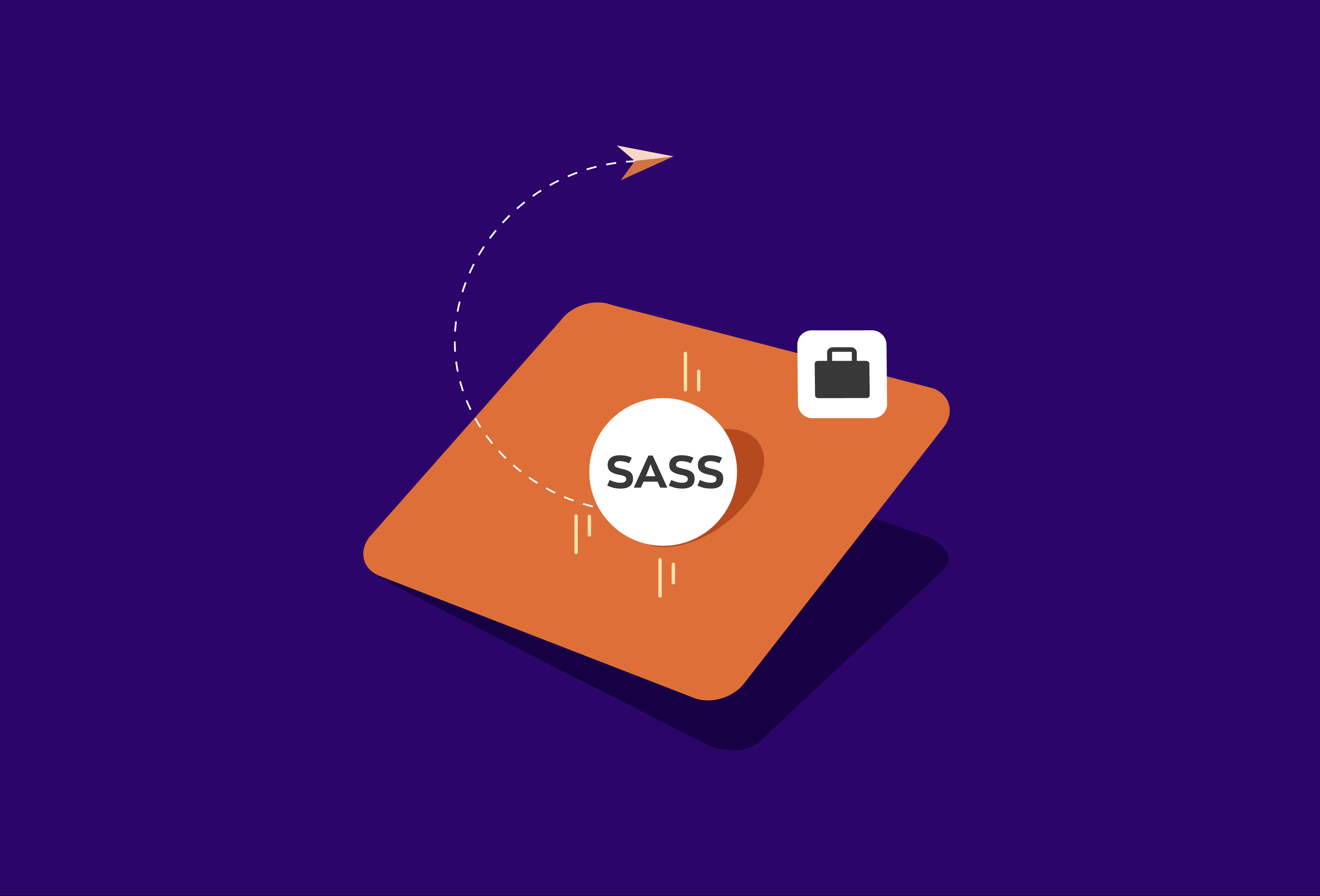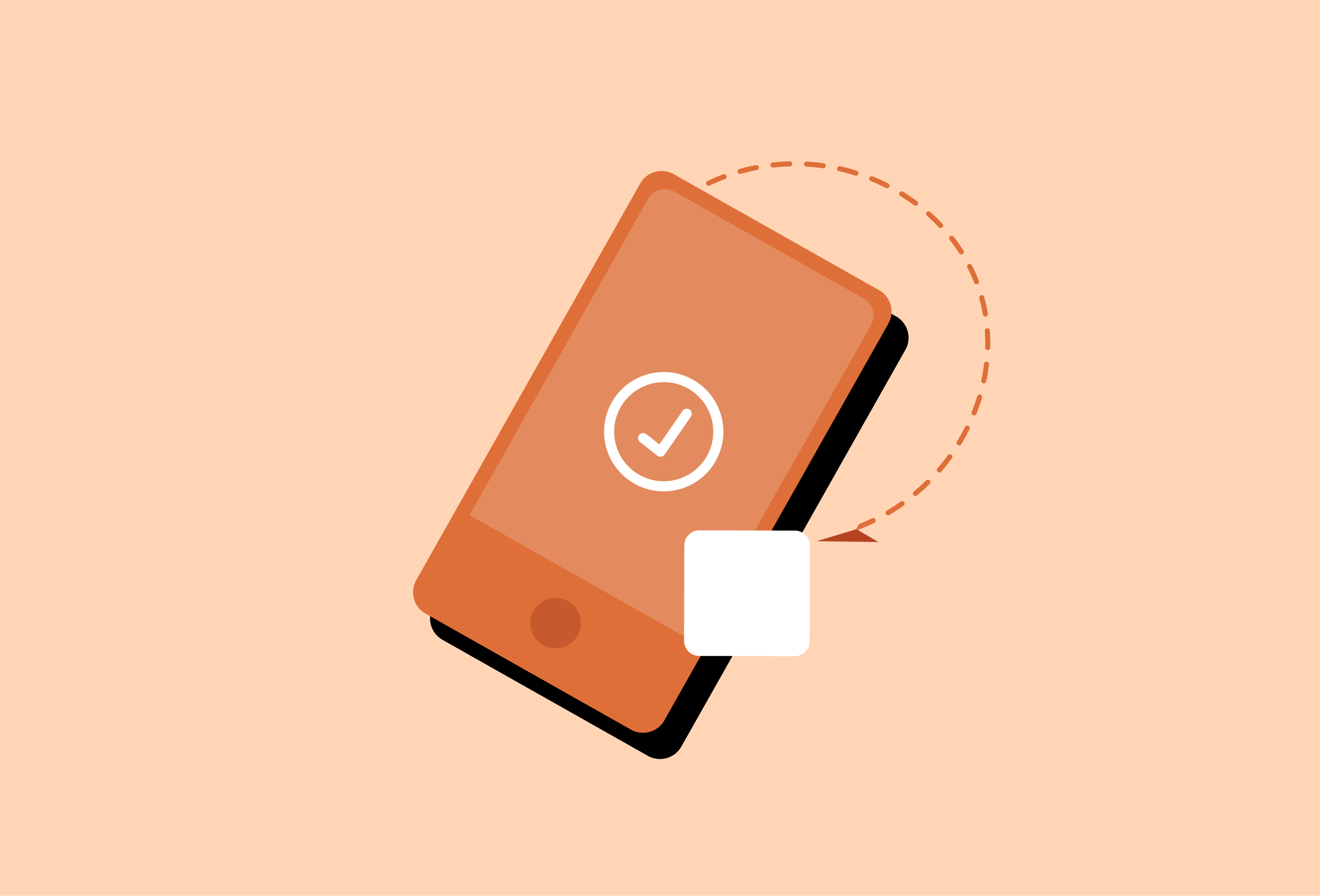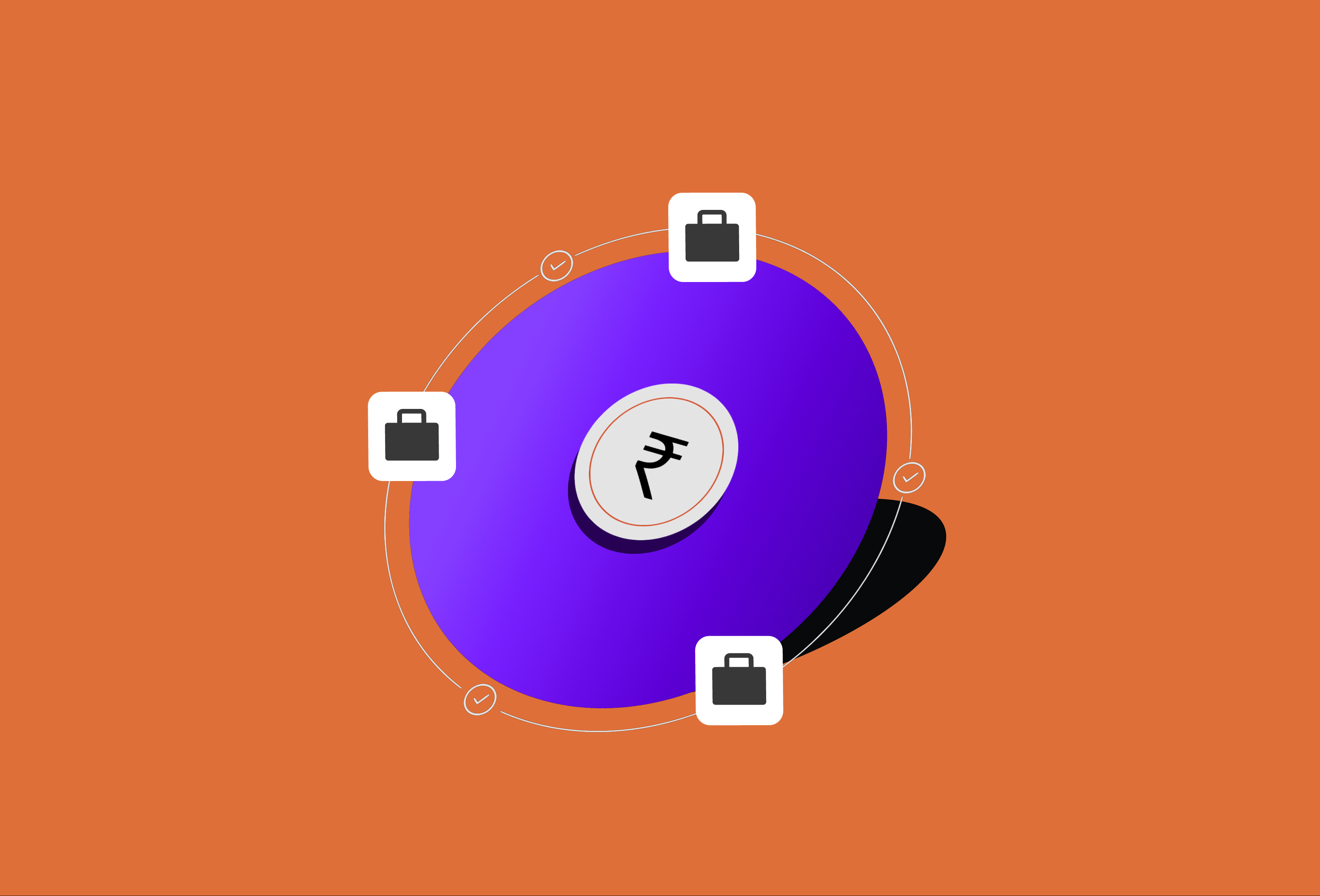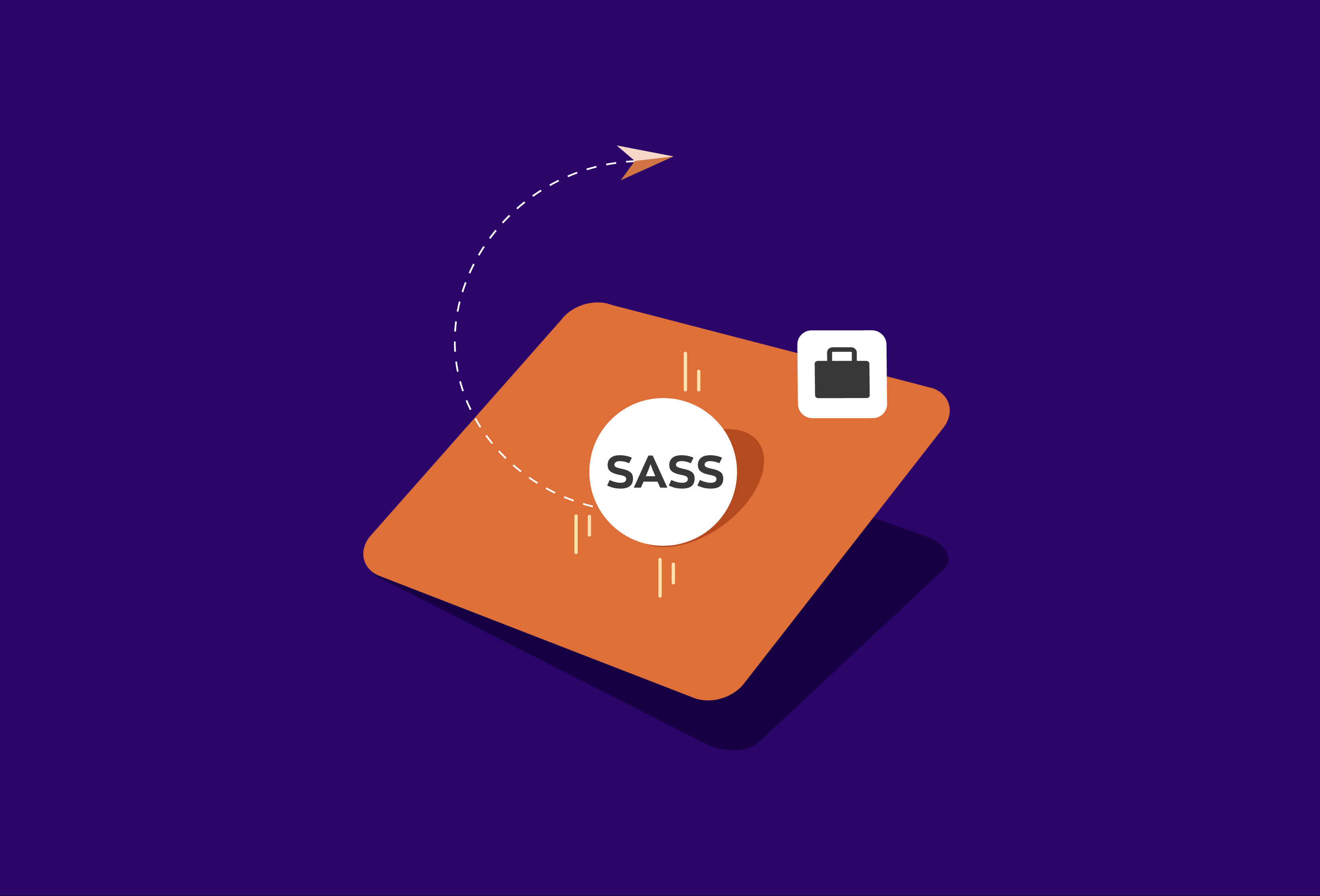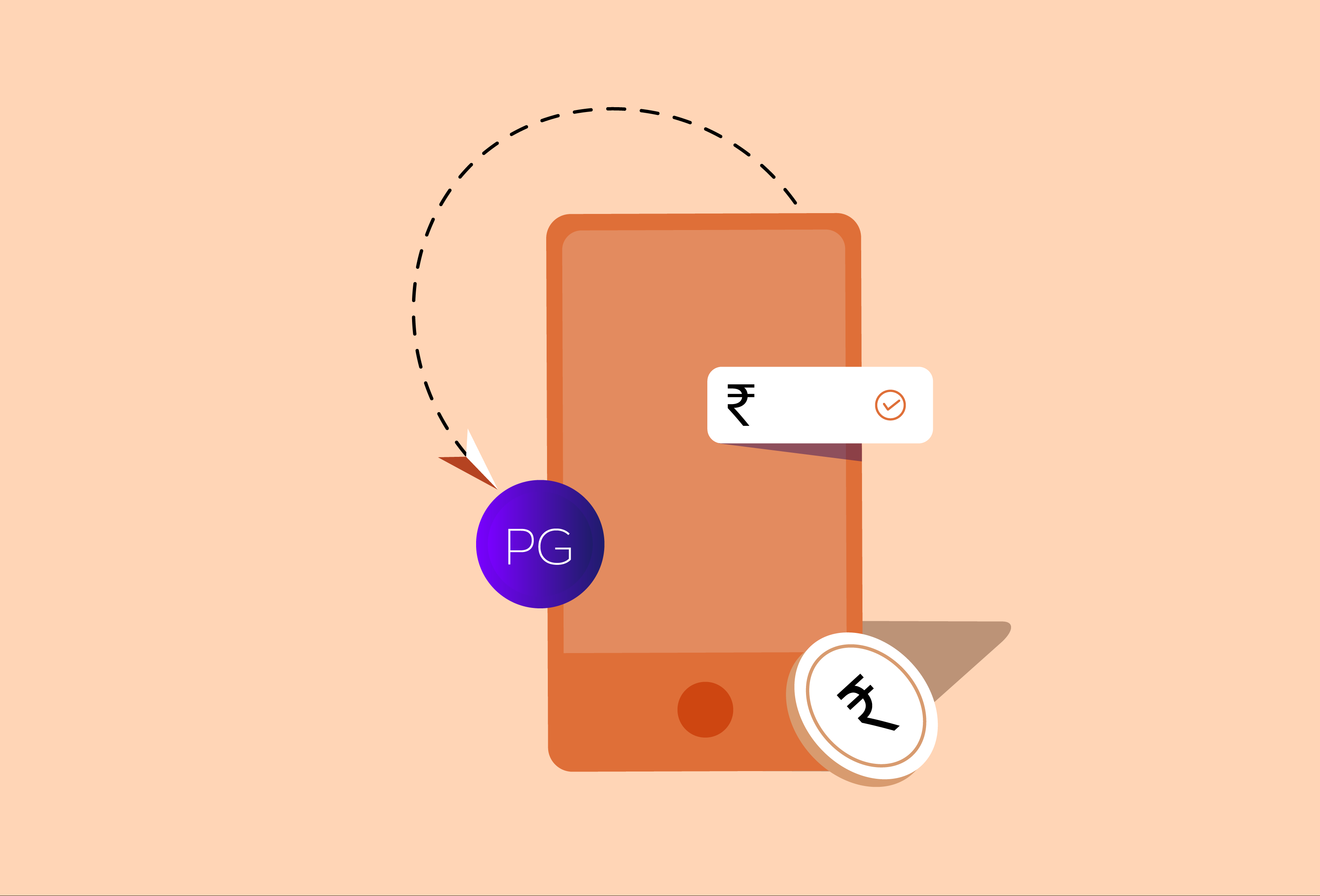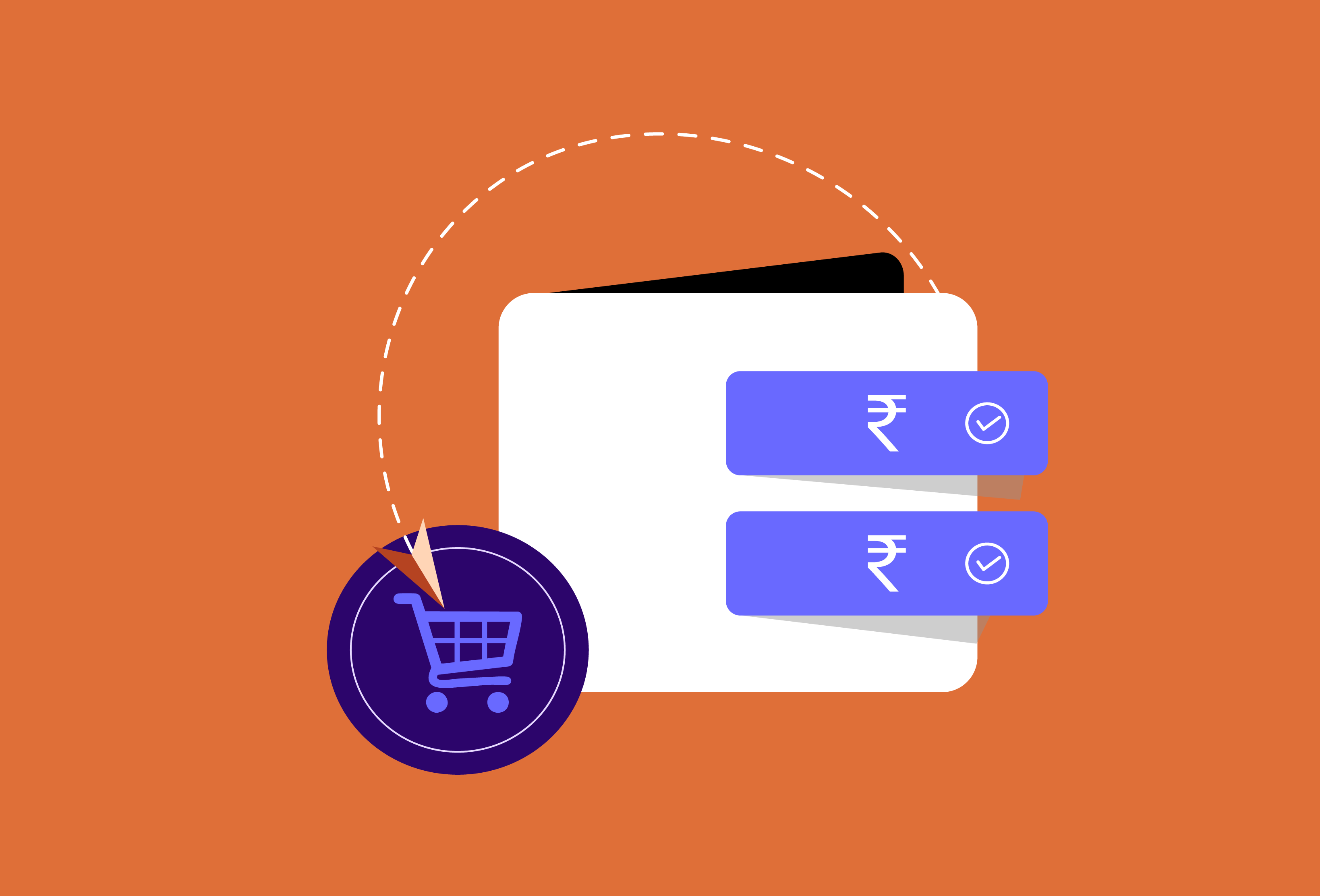Digital payments have become a routine part of everyday transactions. Among the many options available today, contactless payment is gaining attention for its speed, ease, and security. Whether it’s a card, smartphone, or smartwatch, being able to simply tap to complete a purchase is changing the way people pay.
This blog breaks down what touch direct pay is, how it works, where it can be used, and what makes it a reliable option for day-to-day payments.
What Are Contactless Payments?
Contactless payments allow you to pay by tapping your card or device on a payment terminal, without inserting the card or entering a PIN for small-value transactions. These transactions are enabled by NFC (Near Field Communication), a short-range wireless technology that lets your device or card communicate with the payment terminal.
If you’ve come across questions like what is touch pay, the answer is simple—it’s a quick way to pay without physical contact. Cards with a wave symbol and phones with NFC enabled can be used for this purpose. In most cases, transactions up to ₹5,000 can be completed without a PIN, following the limit set by the Reserve Bank.
How It Works
When a contactless card or device is placed close to a compatible POS (Point-of-Sale) terminal, the terminal reads the information and processes the transaction instantly. The user gets a confirmation in seconds, and the amount is debited from the linked account or card.
Most debit and credit cards issued recently come with contactless functionality built in. Mobile phones with payment apps like Google Pay or Samsung Wallet can also be used if linked to a contactless card.
This mode of payment is especially useful in busy retail environments, where transaction speed improves overall customer experience.
Where It’s Accepted
Tap to pay is now accepted at a growing number of retail and service points. These include:
- Metro stations and bus terminals
- Grocery stores and supermarkets
- Restaurants, cafes, and takeaway counters
- Fuel stations and toll booths
- Clothing and electronic stores
- Theatres and convenience outlets
As more businesses upgrade their terminals, the reach of contactless payment continues to expand.
Is It Secure?
Security is a key part of any digital payment method, and contactless payment solutions are built with multiple layers of protection.
Each tap transaction uses a one-time, encrypted code instead of sharing the actual card number. This reduces the risk of misuse. Additionally, the transaction limit ensures that even if a card is lost, the exposure is limited.
Here are some ways to use contactless payments securely:
- Keep your card or device in a secure place
- Enable instant transaction alerts via SMS or app
- Monitor your bank statements regularly
- Use wallets or cases that block unwanted NFC signals, if needed
- Temporarily disable the tap feature from your mobile banking app if you’re not using it
Why People Are Choosing It
The popularity of contactless payment is increasing for several reasons:
- Faster checkouts: Ideal for quick transactions during peak hours
- Ease of use: No need to enter PINs for smaller amounts
- Less contact: A useful feature, especially in health-sensitive environments
- Wider availability: With more cards and terminals supporting tap-to-pay, access is improving
- Flexibility: Cards, phones, and even watches can be used
For businesses, this payment method reduces transaction time, helping manage queues more efficiently.
What’s Ahead
The future of touch direct pay and contactless payment solutions looks promising. Some smartphones now support UPI-based tap payments, combining the ease of UPI with the convenience of NFC. Wearable devices with payment functionality are also beginning to find users.
Banks and fintech firms continue to promote and improve contactless offerings. As adoption grows, this form of payment is expected to become standard across more transaction types and locations.
Conclusion
To answer the question what are contactless payments, they’re a secure, fast, and convenient alternative to traditional payment methods. Whether it’s a tap of a card or a phone, it simplifies the way we make everyday purchases.
As more users and merchants embrace tap to pay, this method is becoming a key part of the evolving payment landscape. If your card or phone supports it, you may find contactless to be the most efficient way to pay—especially for small, frequent transactions.


